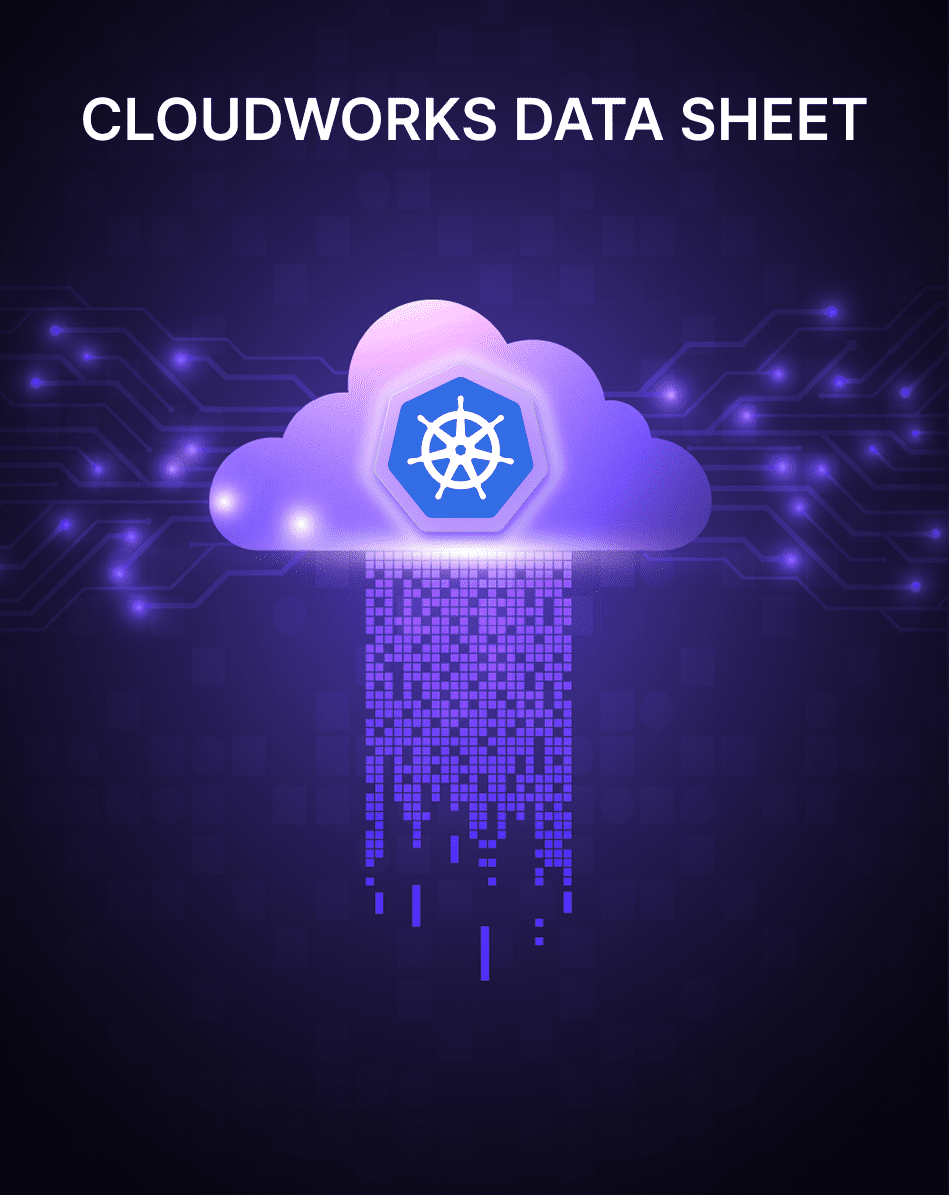Keystone Configuration
Information and recommendations for general configuration of keystone for keystone administrators. See the main Configuration section for complete keystone configuration documentation and sample config files. Troubleshoot the Identity service To troubleshoot the Identity service, review the logs in the /var/log/keystone/keystone.log file. Use the /etc/keystone/logging.conf file to configure the location of log files. Note The insecure_debug flag is unique to the Identity […]
Taikun OCP Dashboard (horizon)
Introduction Horizon is the canonical implementation of OpenStack’s Dashboard, which provides a web based user interface to OpenStack services including Nova, Swift, Keystone, etc. For a more in-depth look at Horizon and its architecture, see the Horizon Basics. To learn what you need to know to get going, see the Quickstart. Using Horizon How to use Horizon in […]
Key Manager Overview (barbican)
What is Barbican? Barbican is the OpenStack Key Manager service. It provides secure storage, provisioning and management of secret data. This includes keying material such as Symmetric Keys, Asymmetric Keys, Certificates and raw binary data. API Guide If you’re trying to learn how to use barbican, you can start by reading about Secrets in the Barbican […]
Orchestration Service Overview (heat)
Heat is a service to orchestrate composite cloud applications using a declarative template format through an OpenStack-native REST API. Heat’s purpose and vision This documentation offers information aimed at end-users, operators and developers of Heat. Operating Heat Using Heat Working with Templates Using the Heat Service Developing Heat For Contributors Indices and tables
Taikun OCP Networking Overview
OpenStack Networking allows you to create and manage network objects, such as networks, subnets, and ports, which other OpenStack services can use. Plug-ins can be implemented to accommodate different networking equipment and software, providing flexibility to OpenStack architecture and deployment. The Networking service, code-named neutron, provides an API that lets you define network connectivity and […]
Load Balancing Overview (octavia)
Welcome to Octavia! Octavia is an open source, operator-scale load balancing solution designed to work with OpenStack. Octavia was born out of the Neutron LBaaS project. Its conception influenced the transformation of the Neutron LBaaS project, as Neutron LBaaS moved from version 1 to version 2. Starting with the Liberty release of OpenStack, Octavia has […]
Introduction to Designate (DNS-as-a-Service)
Designate is an Open Source DNS-as-a-Service implementation and a part of the OpenStack ecosystem of services for running clouds. In order to understand what Designate can do and how it works, it’s necessary to understand some of the basics of DNS. What is DNS? The Domain Name System (DNS) is a system for naming resources […]
Configuring Keystone for Federation
Prerequisites If you are not familiar with the idea of federated identity, see the Introduction to Keystone Federation first. In this section, we will configure keystone as a Service Provider, consuming identity properties issued by an external Identity Provider, such as SAML assertions or OpenID Connect claims. For testing purposes, we recommend using samltest.id as a SAML Identity Provider, […]
Image Service Overview (glance)
Welcome to Glance’s documentation! About Glance The Image service (glance) project provides a service where users can upload and discover data assets that are meant to be used with other services. This currently includes images and metadata definitions. Images Glance image services include discovering, registering, and retrieving virtual machine (VM) images. Glance has a RESTful […]
Volume Backups
The openstack command-line interface provides the tools for creating a volume backup. You can restore a volume from a backup as long as the backup’s associated database information (or backup metadata) is intact in the Block Storage database. Run this command to create a backup of a volume: Where VOLUME is the name or ID of the volume, incremental is a […]




